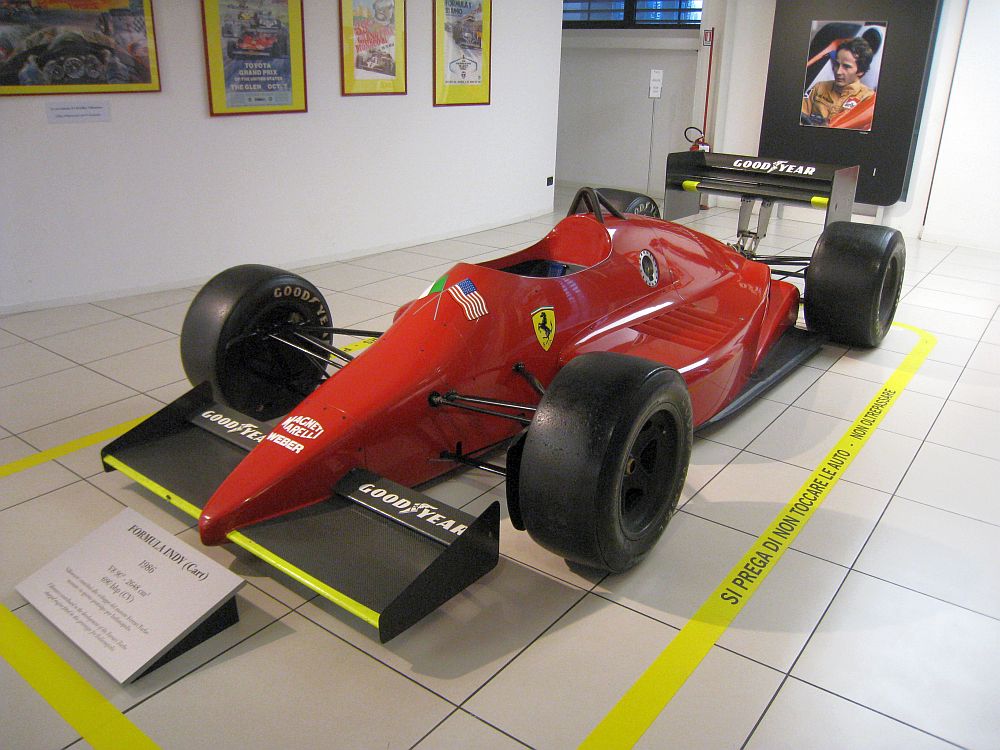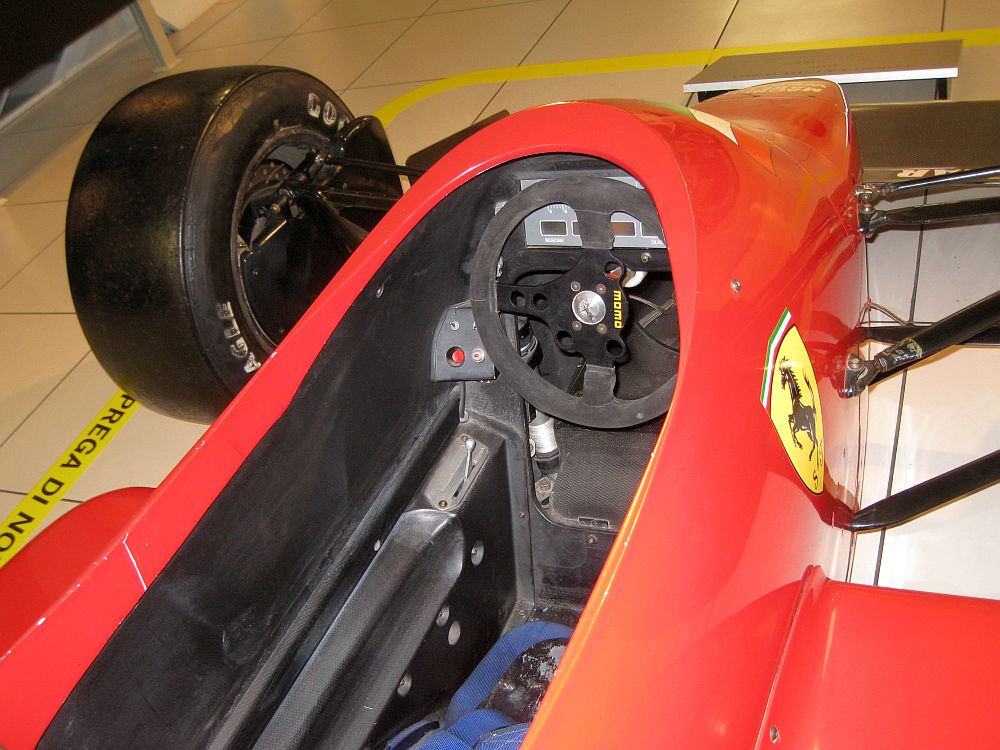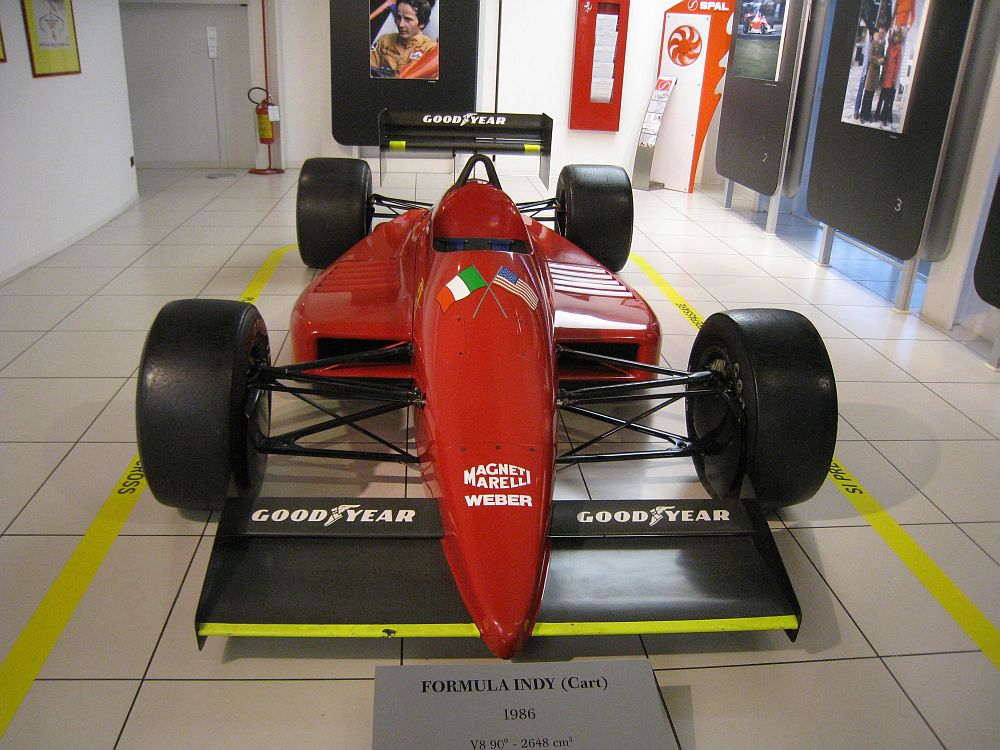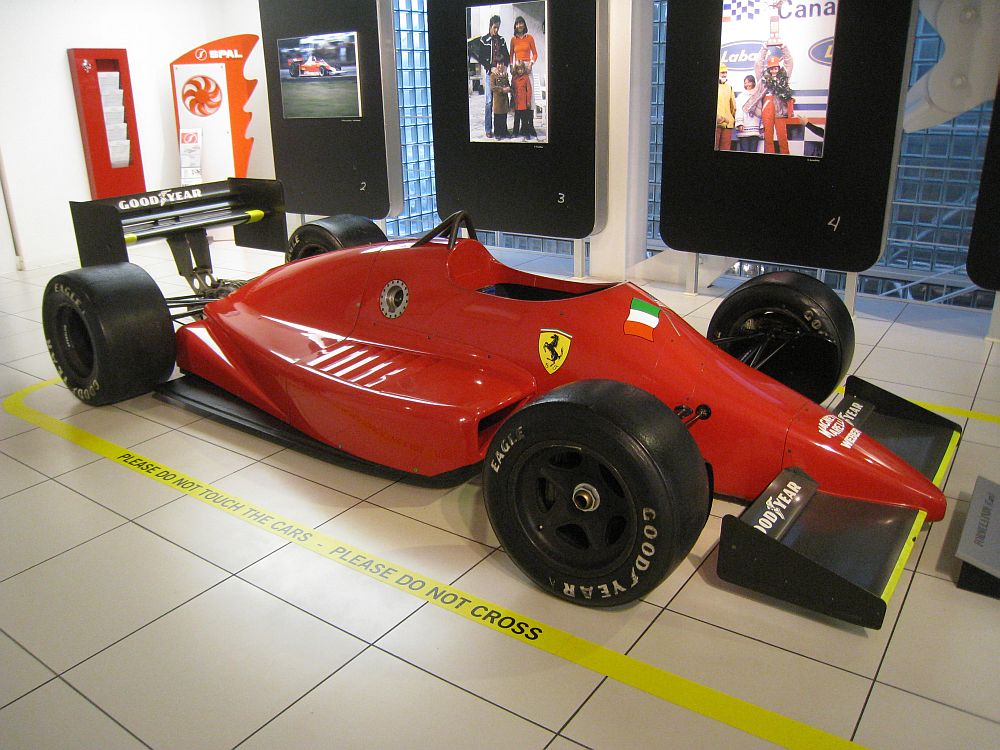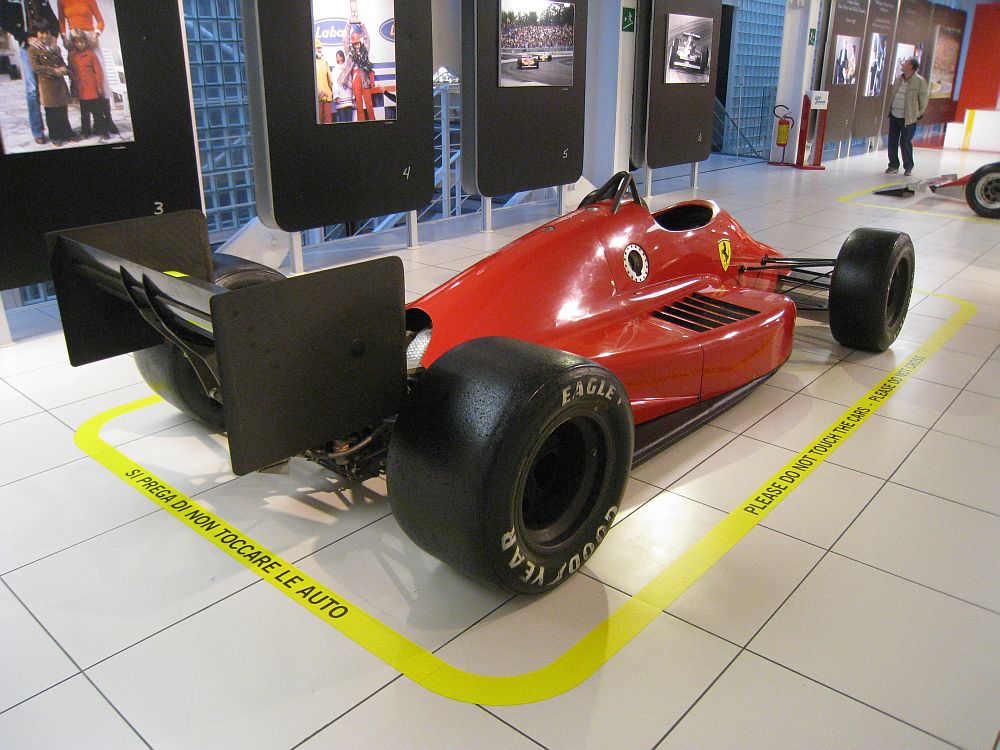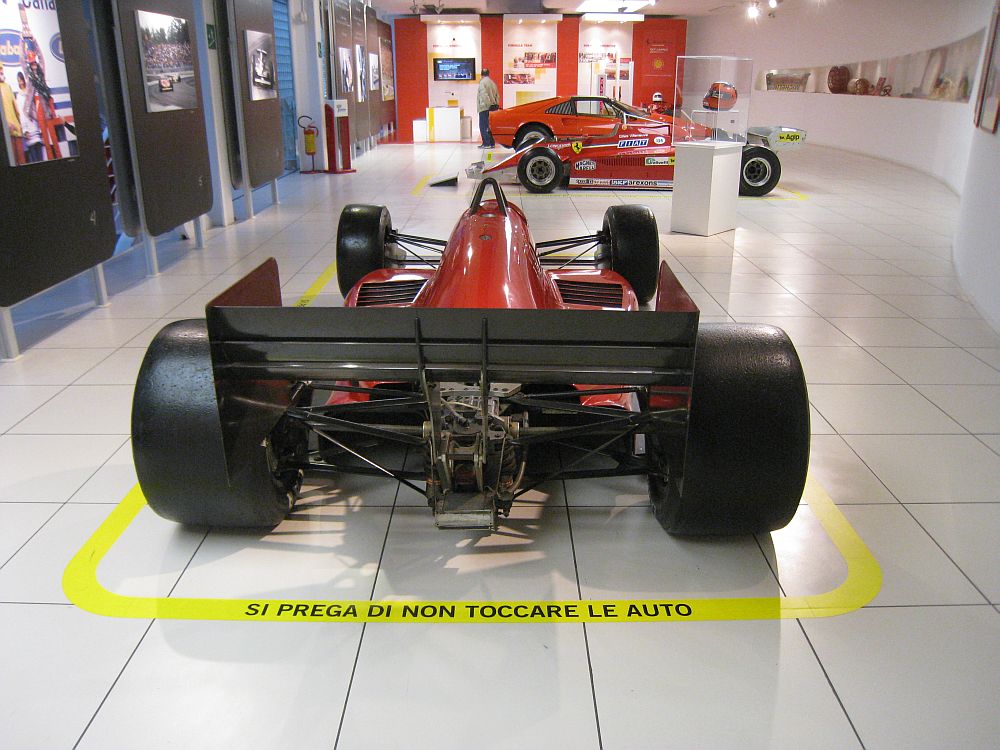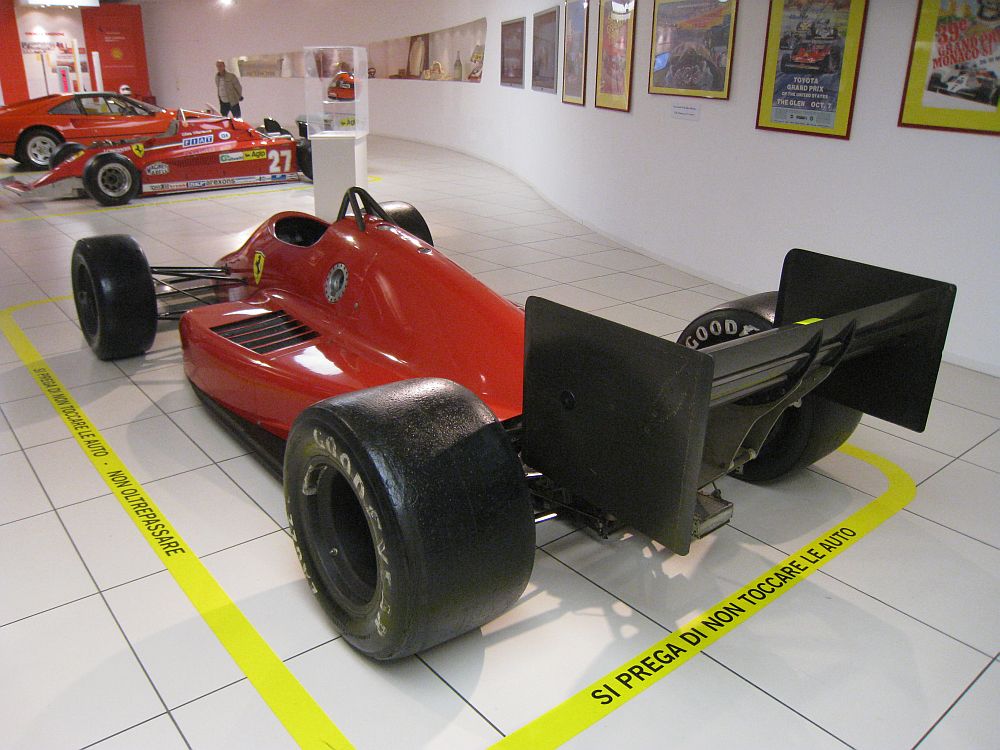Description
The Ferrari Formula Indy was an ambitious project developed in the mid-1980s as Ferrari’s proposed entry into the Indianapolis 500 and the CART IndyCar series. Officially known as the Ferrari 637, it was a prototype designed in 1985–1986 at a time when turbocharged IndyCars were hugely popular in the United States and represented a lucrative racing platform. The car, however, was also closely tied to political maneuvering within Formula One, as Enzo Ferrari used the project to send a message to the FIA during disputes over regulations.
The Ferrari Formula Indy car was powered by a 2.65-liter turbocharged V8, built specifically to comply with CART regulations. This engine was completely different from Ferrari’s Formula One V6 turbos and was designed to produce around 690–710 horsepower, competitive with the dominant Cosworth and Chevrolet engines used in IndyCar at the time. Ferrari engineers applied their experience with turbocharging from Formula One to make the engine both powerful and efficient, giving the 637 prototype serious potential as a racing contender.
The chassis was designed in-house by Ferrari under the guidance of Gustav Brunner, who had experience in both Formula One and prototype racing. It was a carbon-fiber and aluminum honeycomb monocoque, making it strong, light, and advanced compared to many contemporary IndyCar designs. The bodywork followed the typical IndyCar formula of the time, with wide sidepods housing radiators, large wings for downforce, and a slim central cockpit. The car was tested at Ferrari’s Fiorano circuit and reportedly demonstrated excellent performance and stability.
Despite its promising design, the Ferrari Formula Indy never made it to the grid at Indianapolis. The project’s true purpose was revealed to be partly political. Enzo Ferrari used the development of the 637 to pressure the FIA during contentious negotiations over Formula One’s future engine regulations. By showing that Ferrari could walk away from F1 and race in the United States if dissatisfied, Enzo gained leverage in discussions with governing bodies and other manufacturers. Once the FIA made concessions, Ferrari shelved the IndyCar project, having achieved its political goal.
Only a single Ferrari 637 chassis was built, and it remains preserved in Ferrari’s collection today as a fascinating reminder of what might have been. Had it raced, it could have introduced Ferrari into one of the most competitive and high-profile racing series outside of Formula One, potentially reshaping the brand’s history in American motorsport.
The Ferrari Formula Indy project is remembered as one of the most intriguing “what if” stories in Ferrari history. While it never competed, it demonstrated Ferrari’s engineering versatility and Enzo Ferrari’s ability to use bold gestures to influence the direction of motorsport. The lone prototype stands as a unique symbol of Ferrari’s brief but serious flirtation with IndyCar racing, a glimpse of a world where the Prancing Horse might have roared around the Brickyard.
